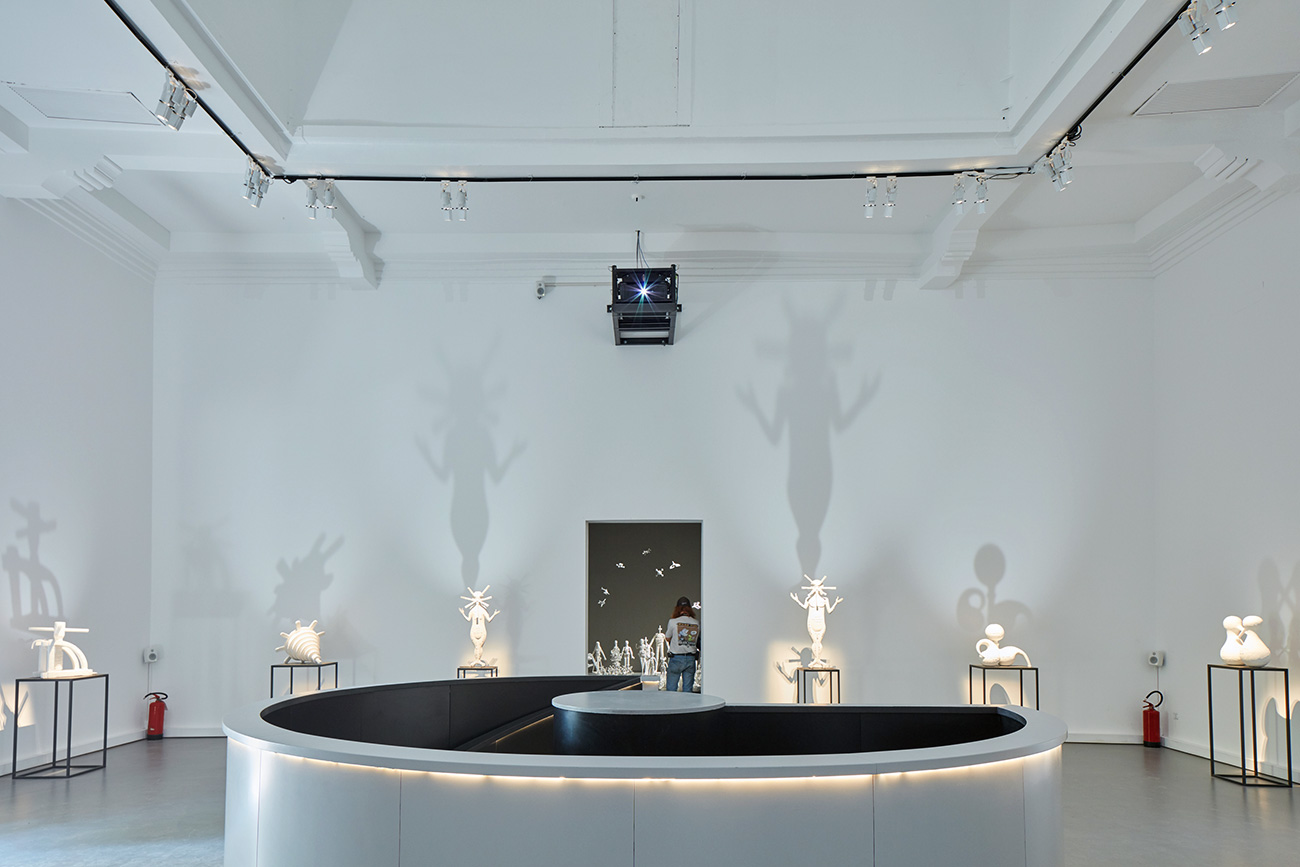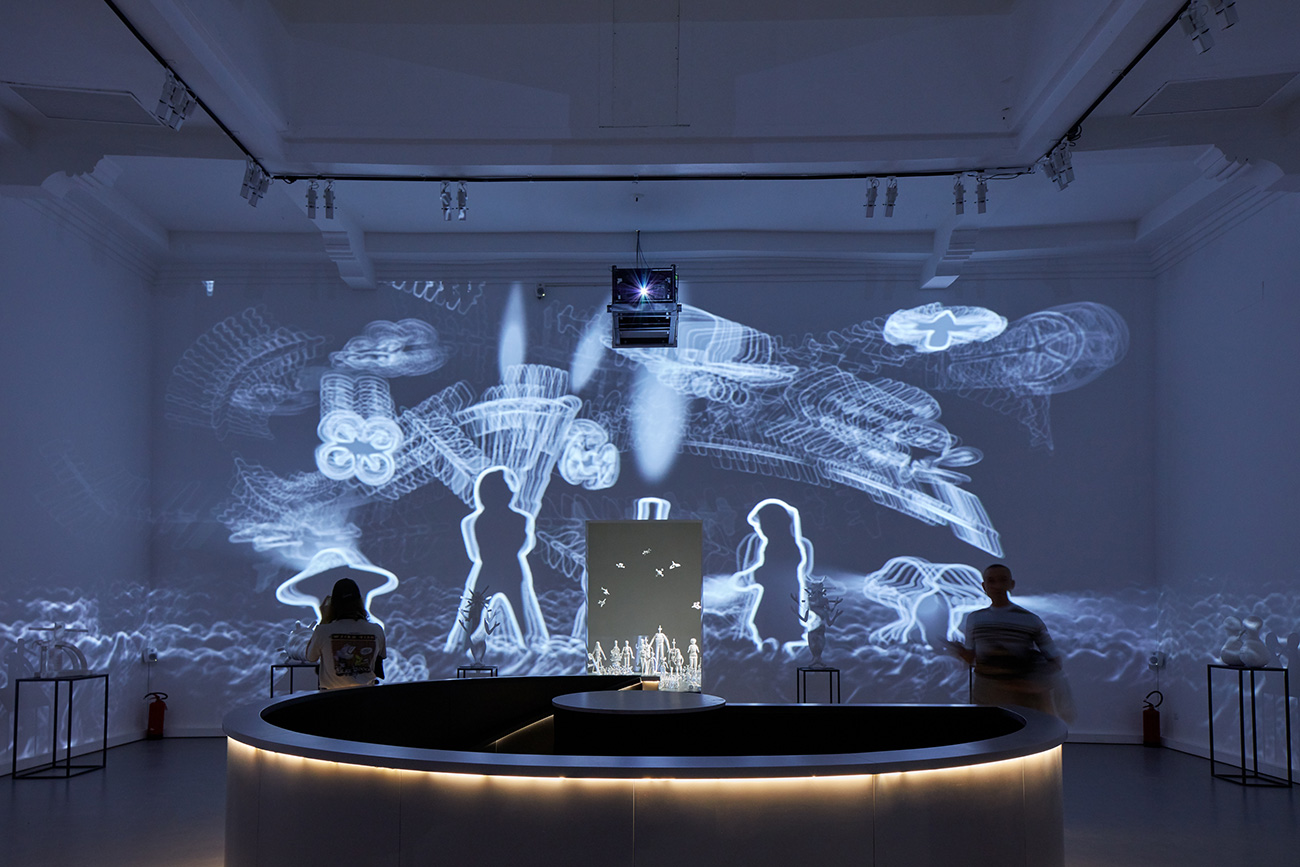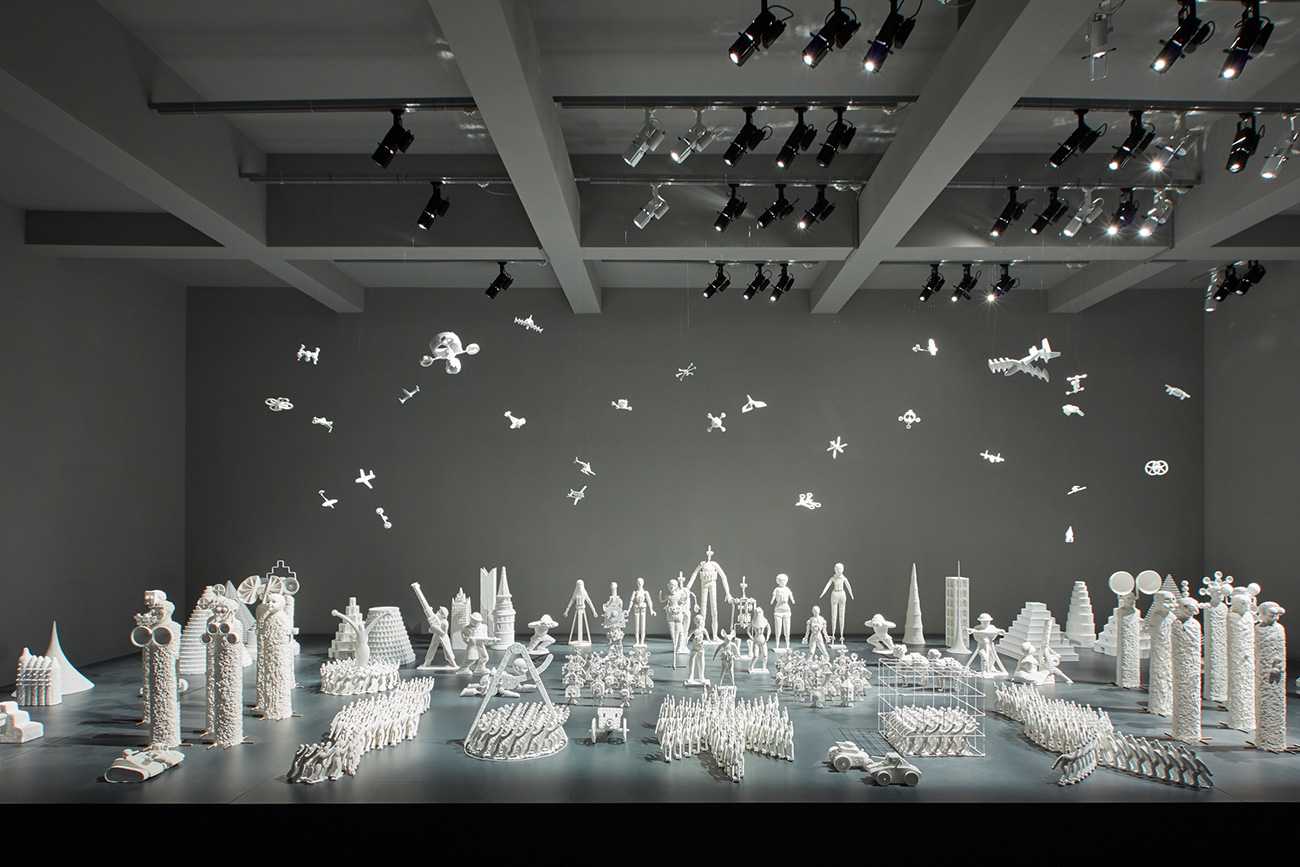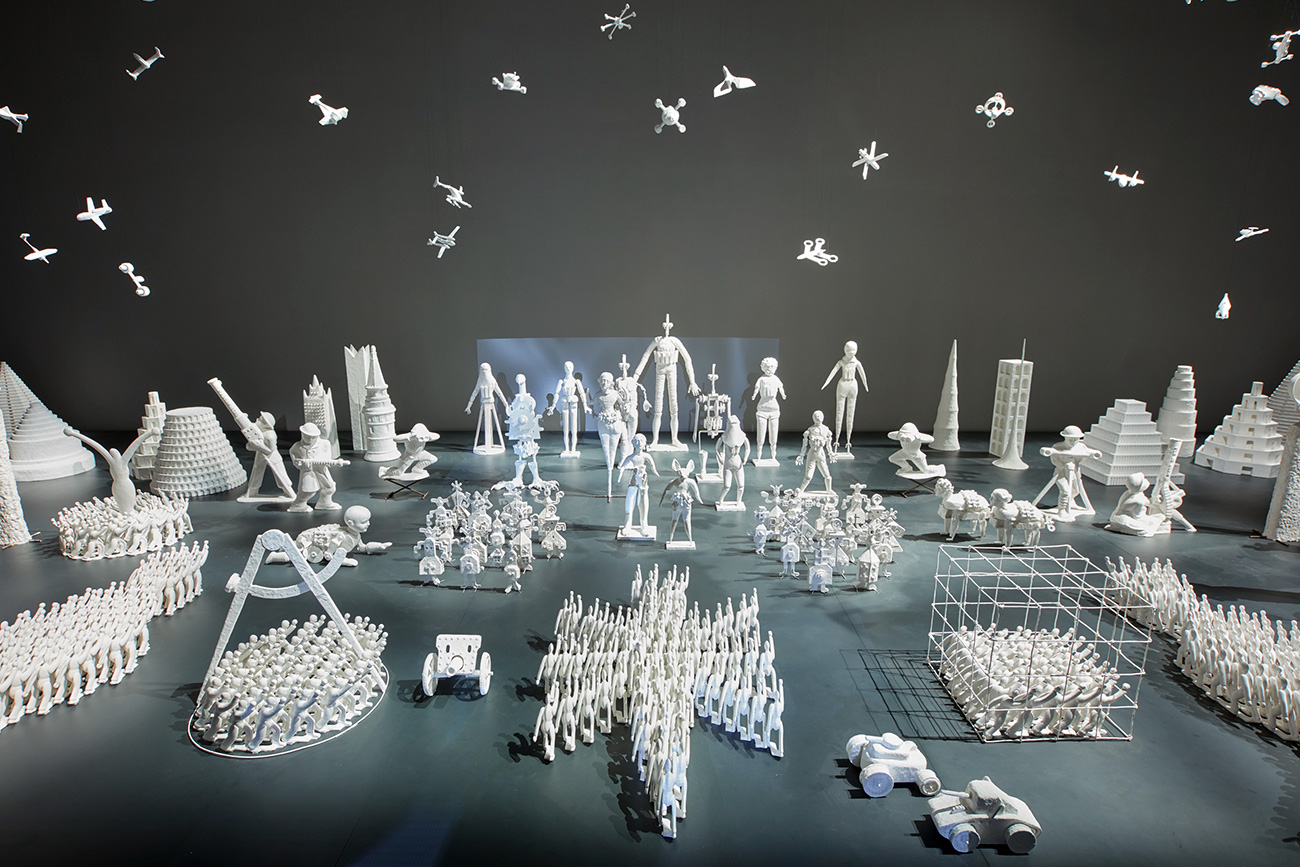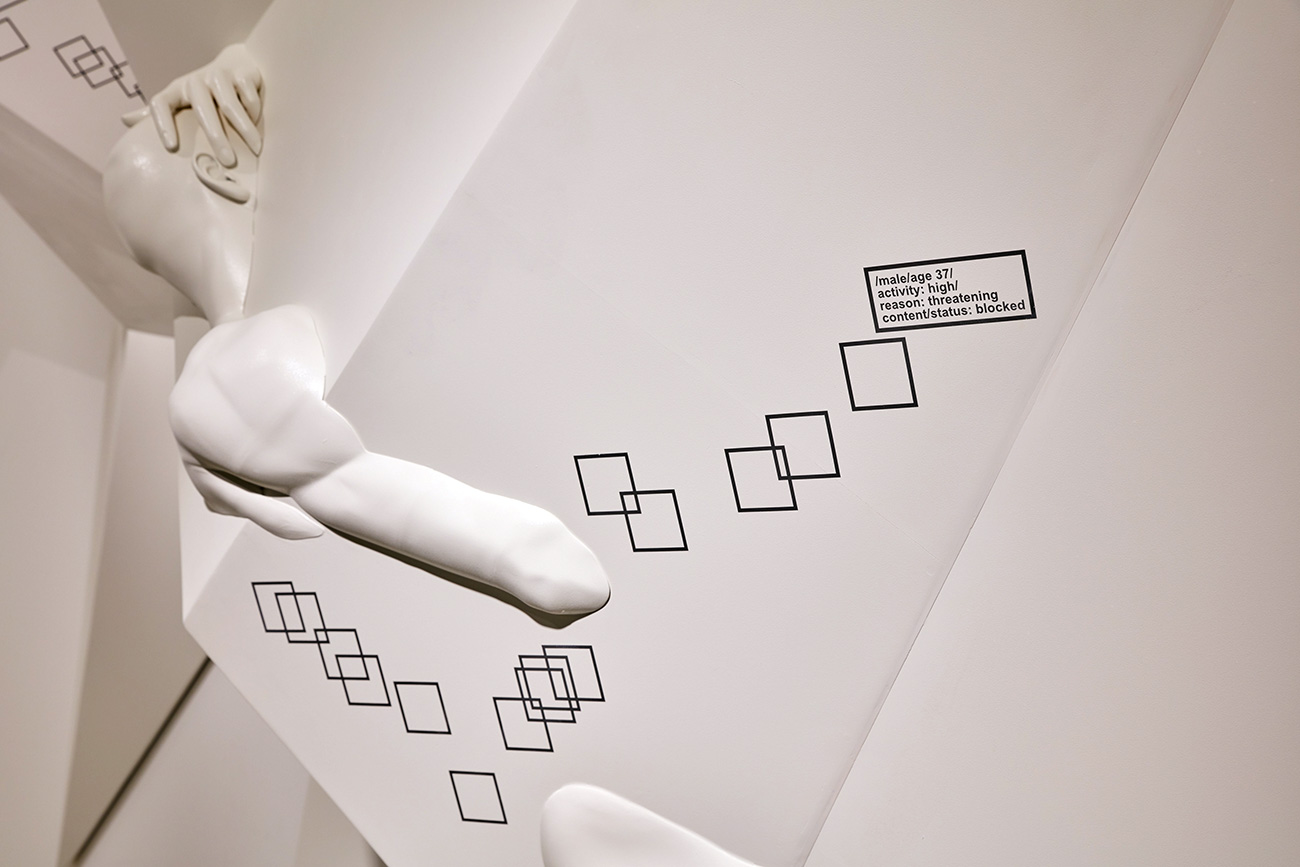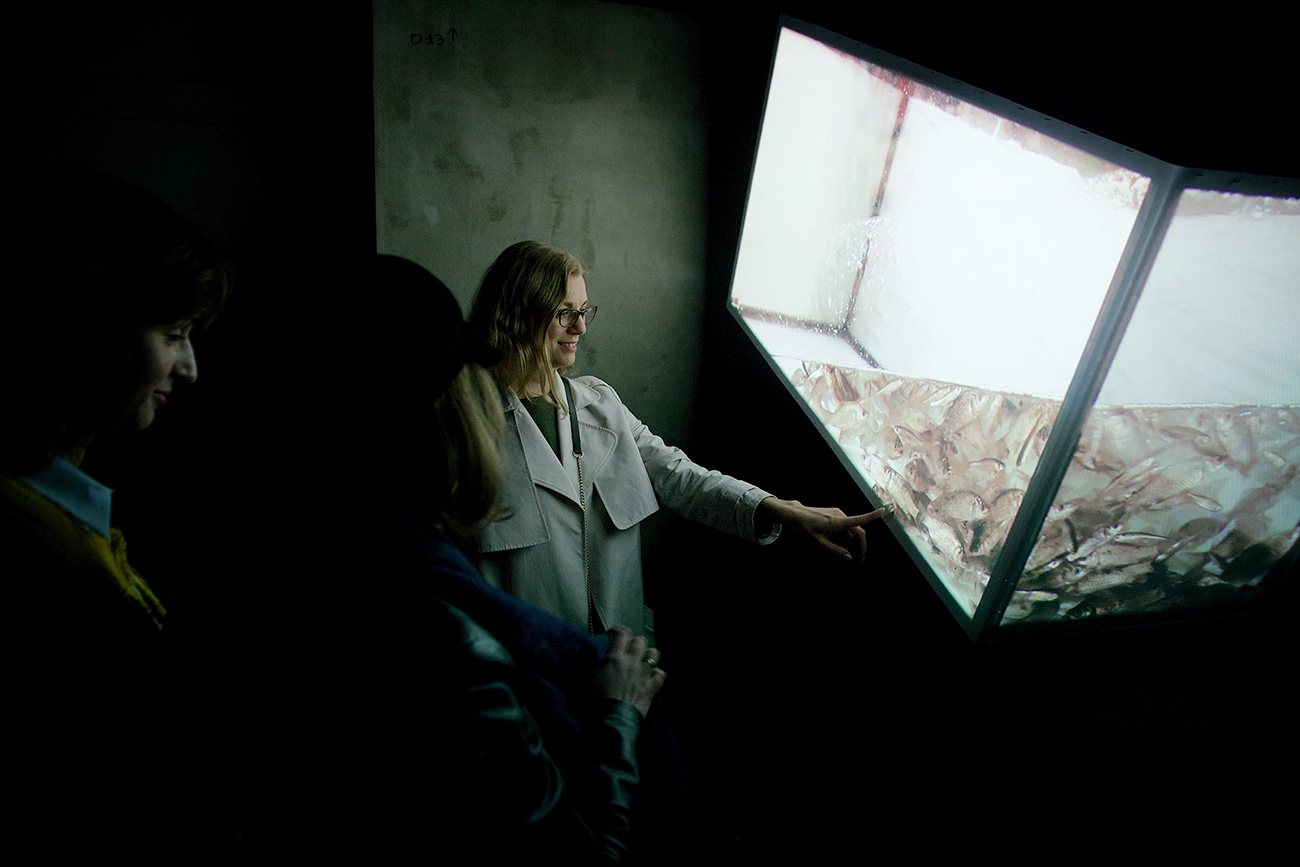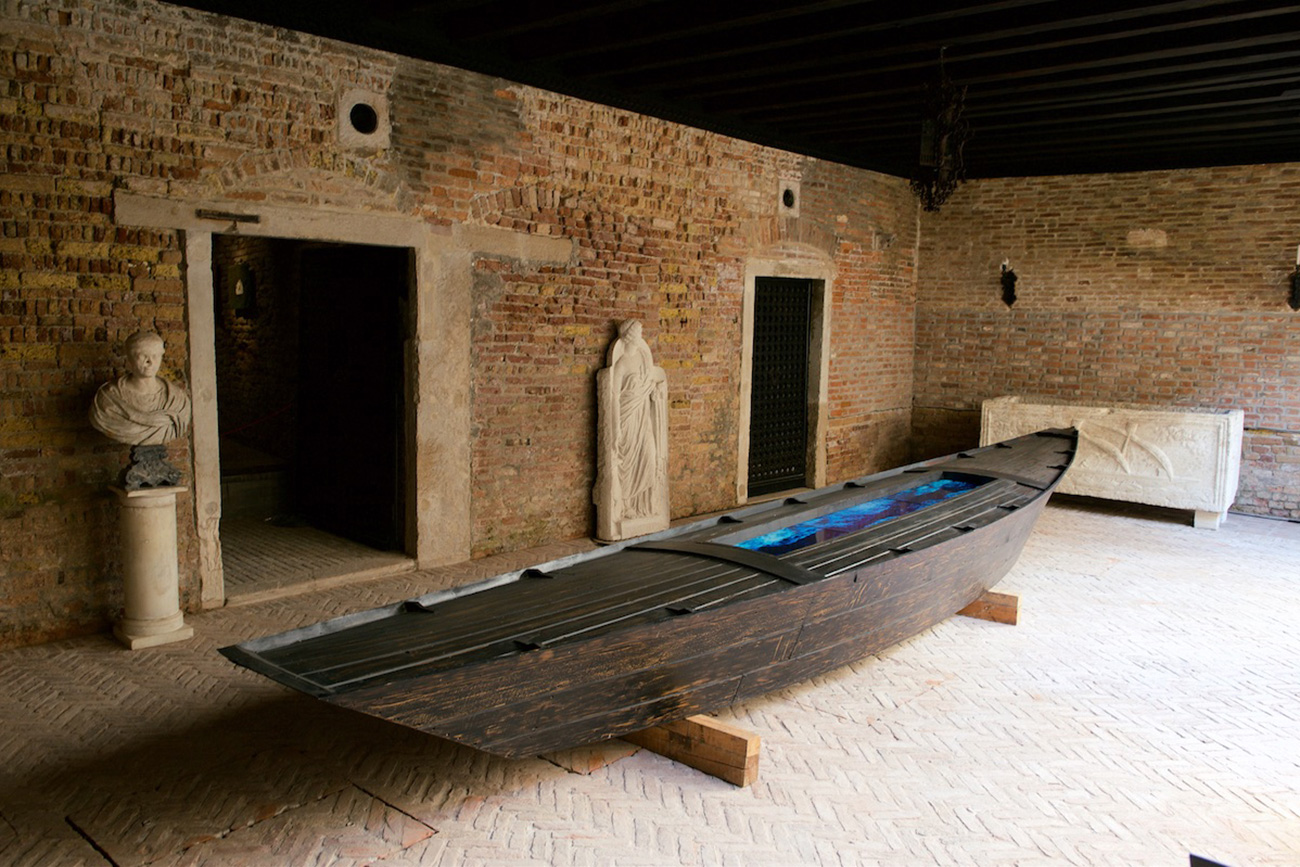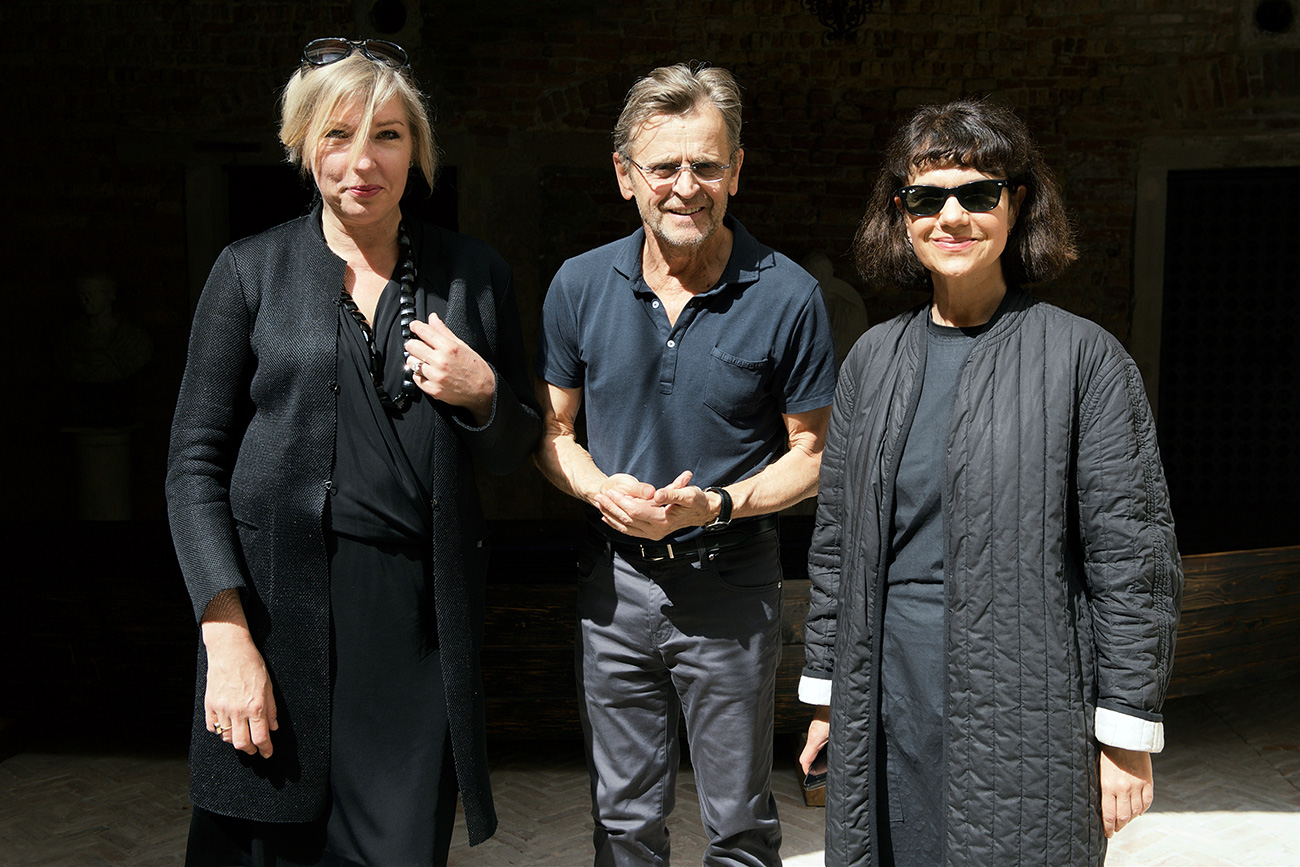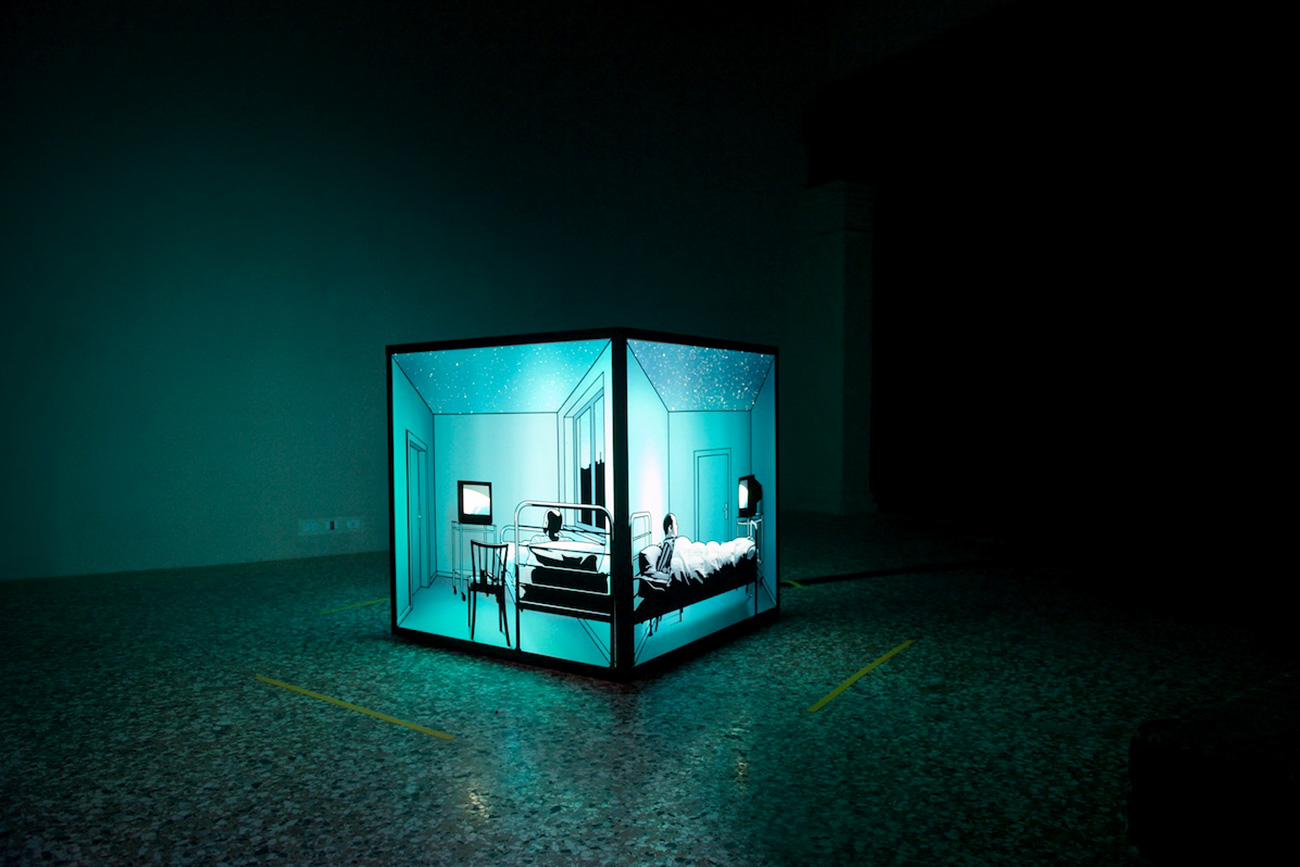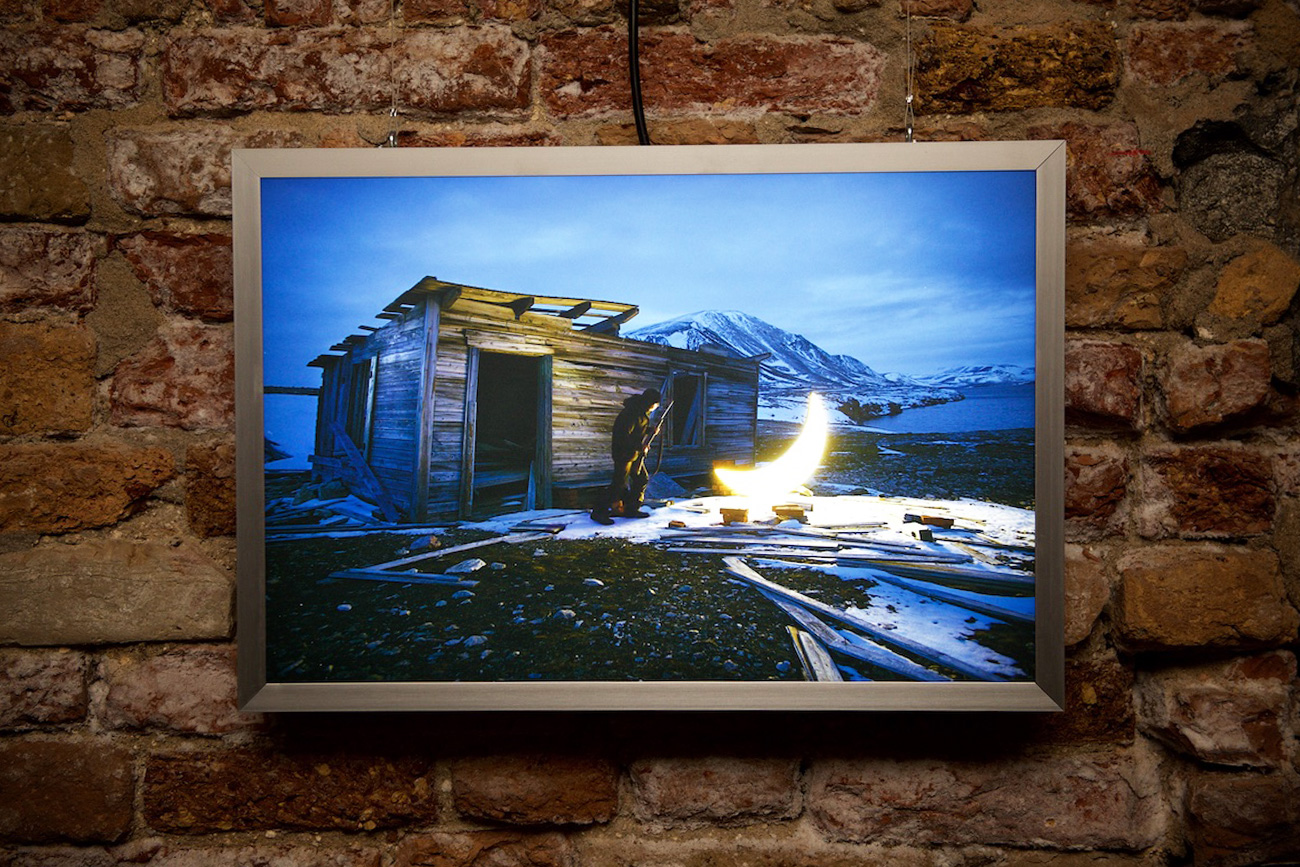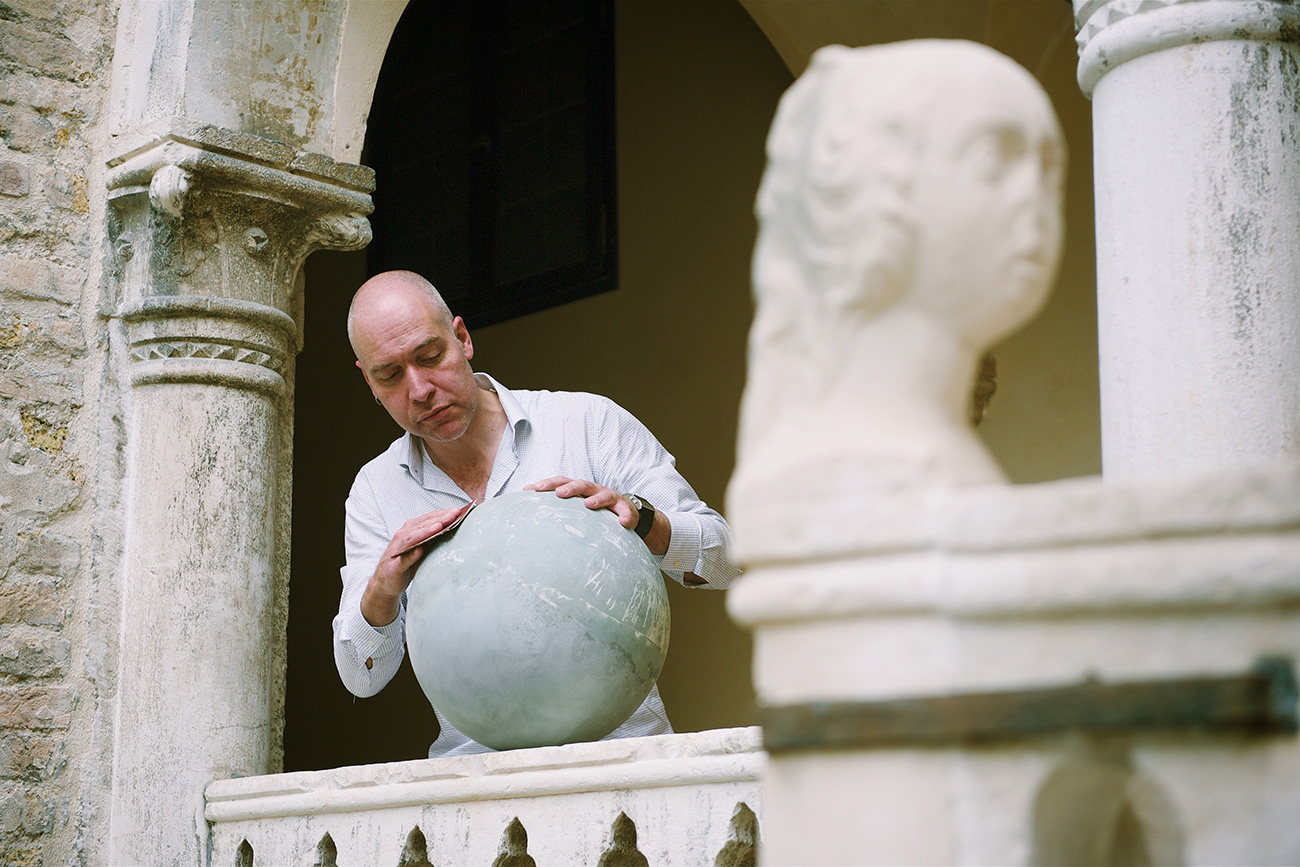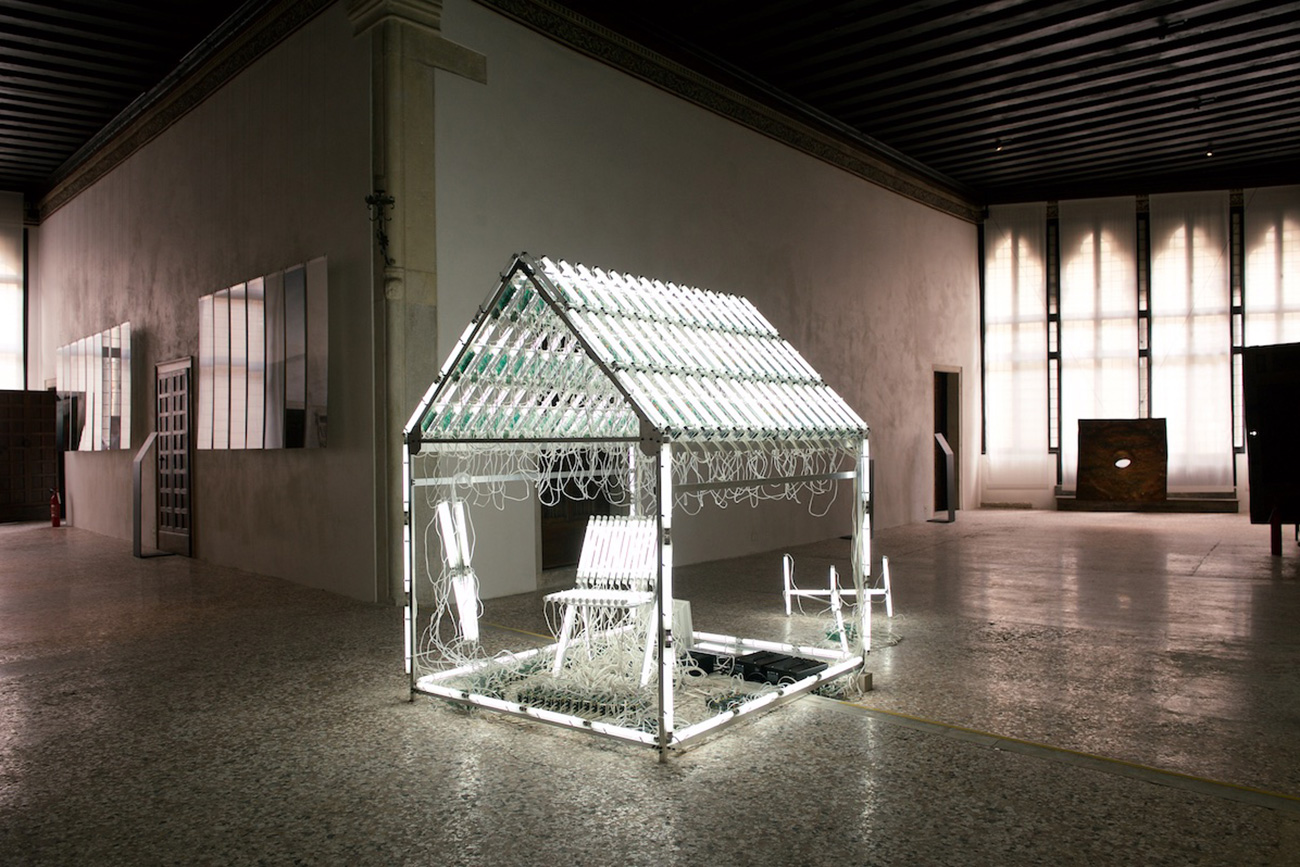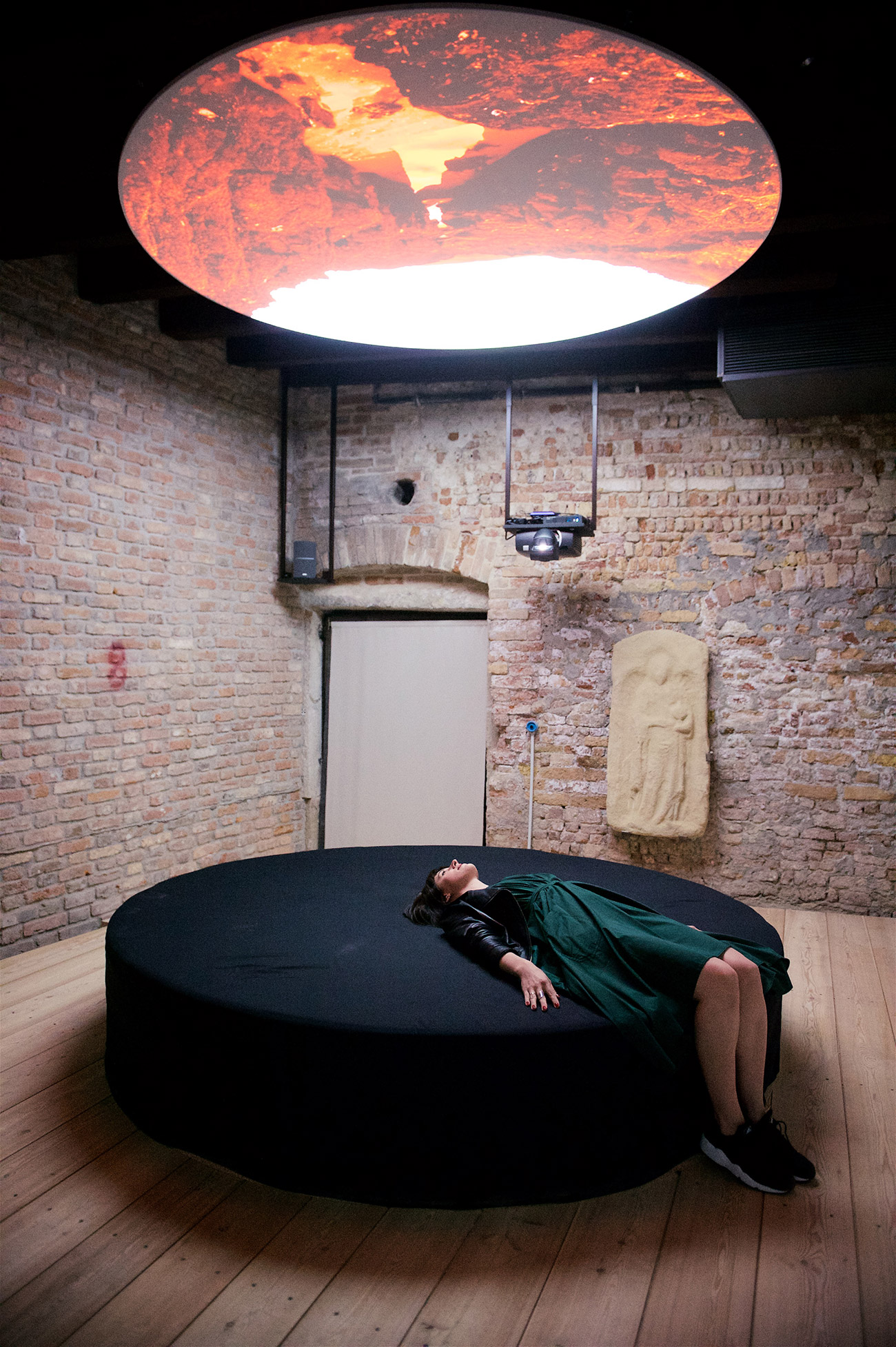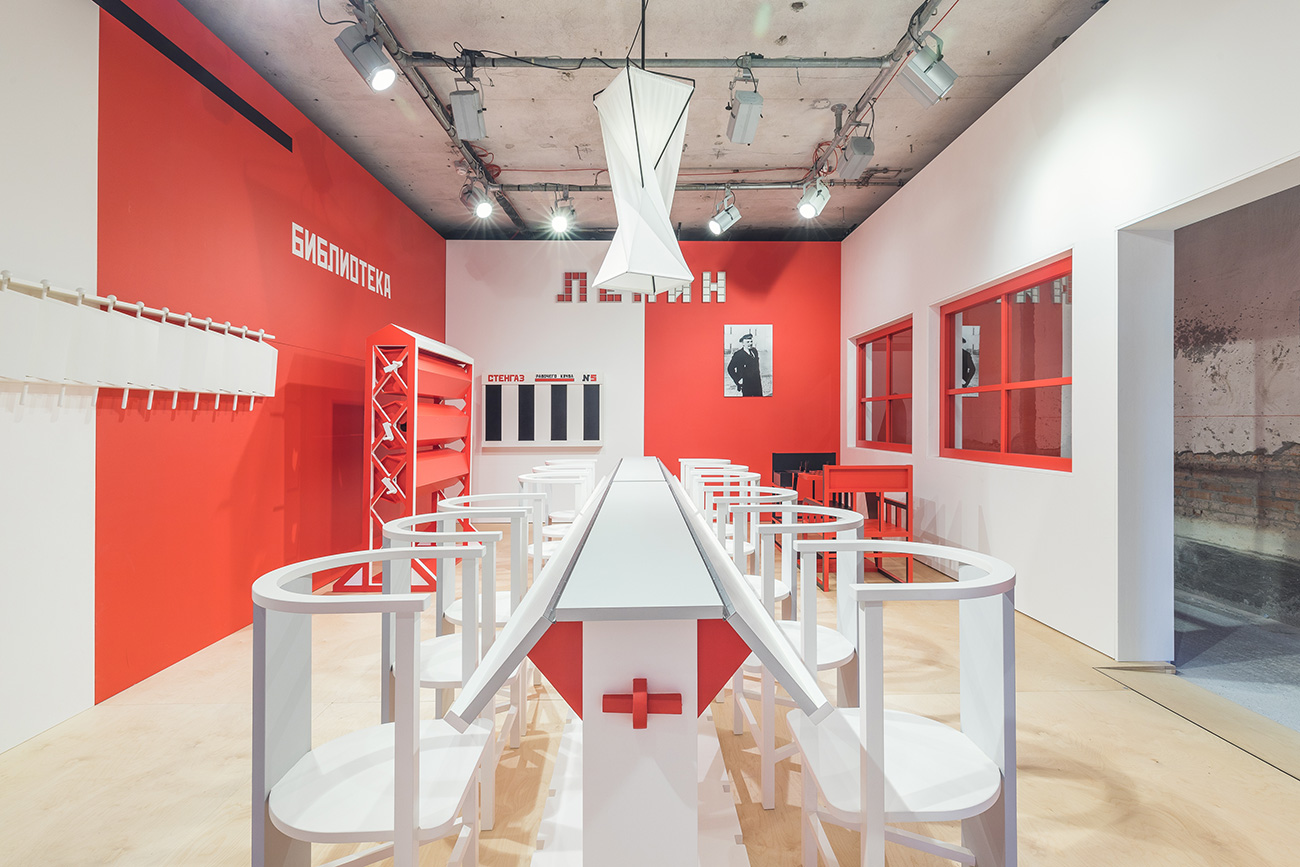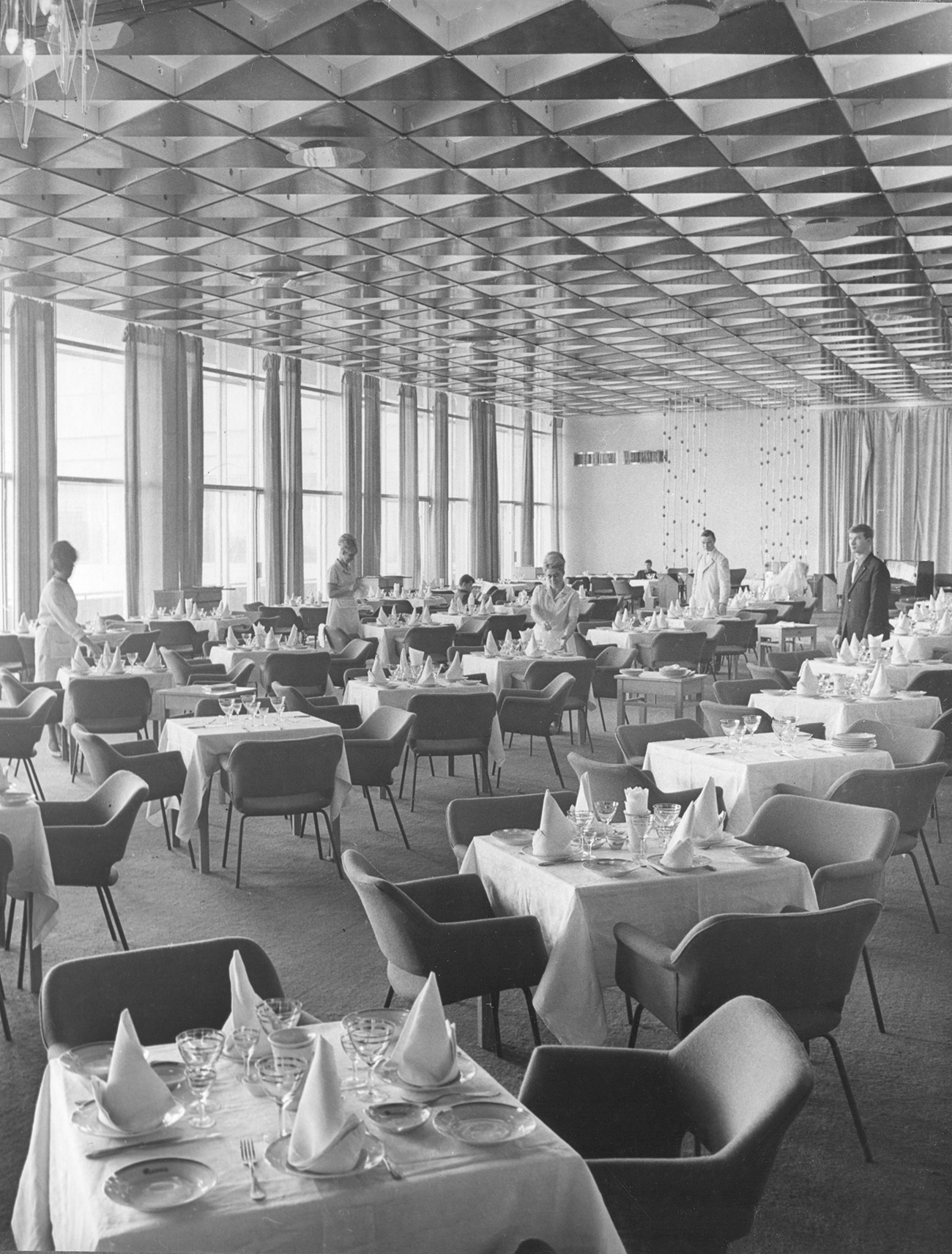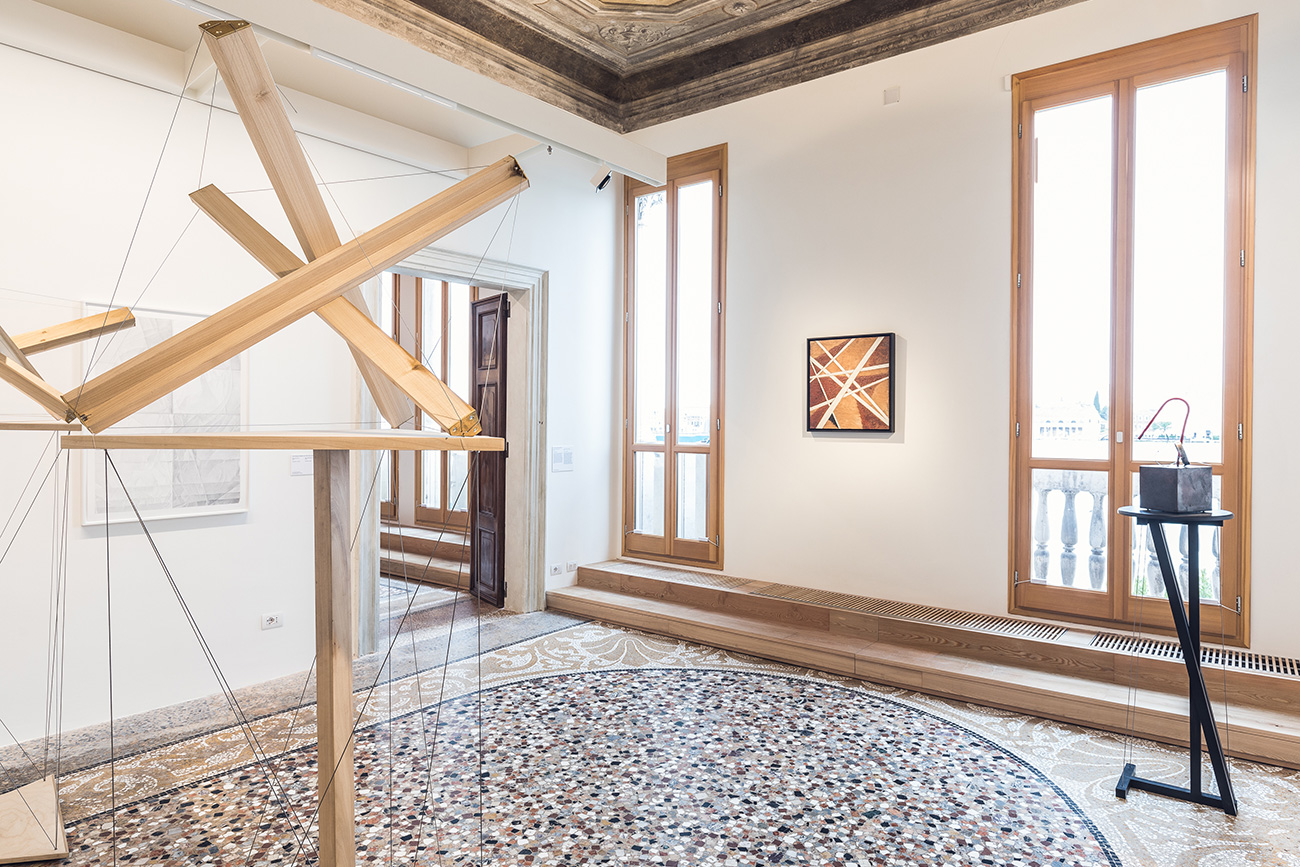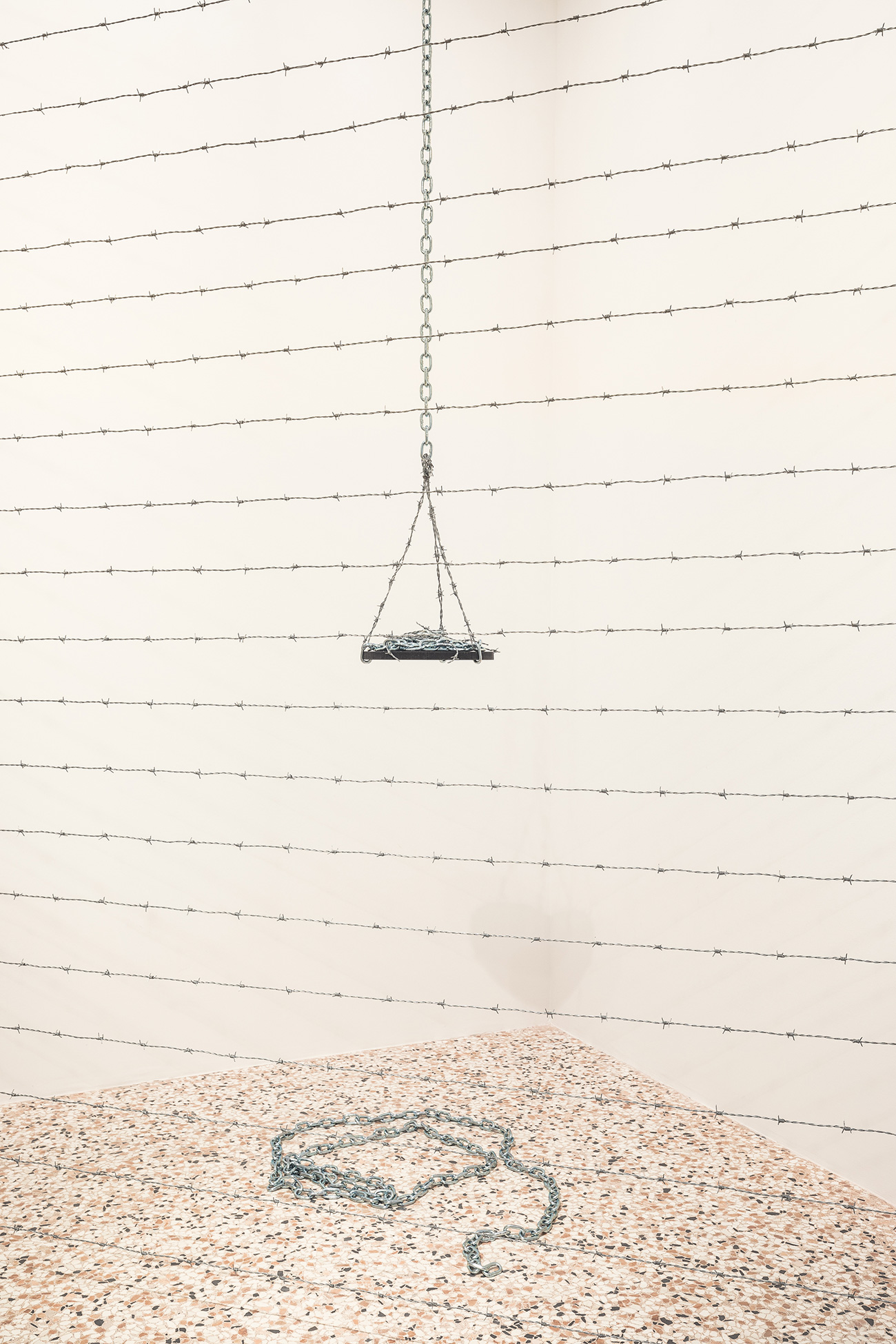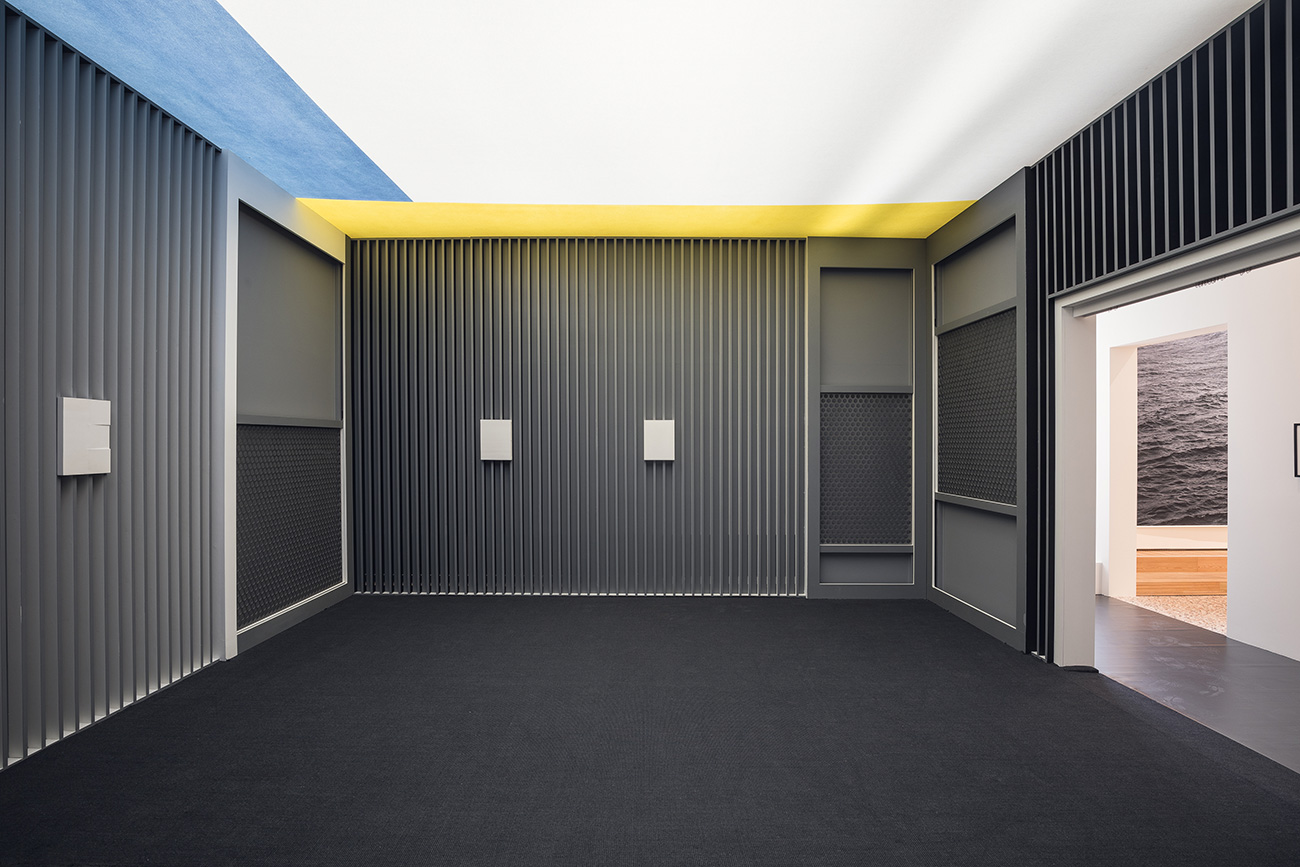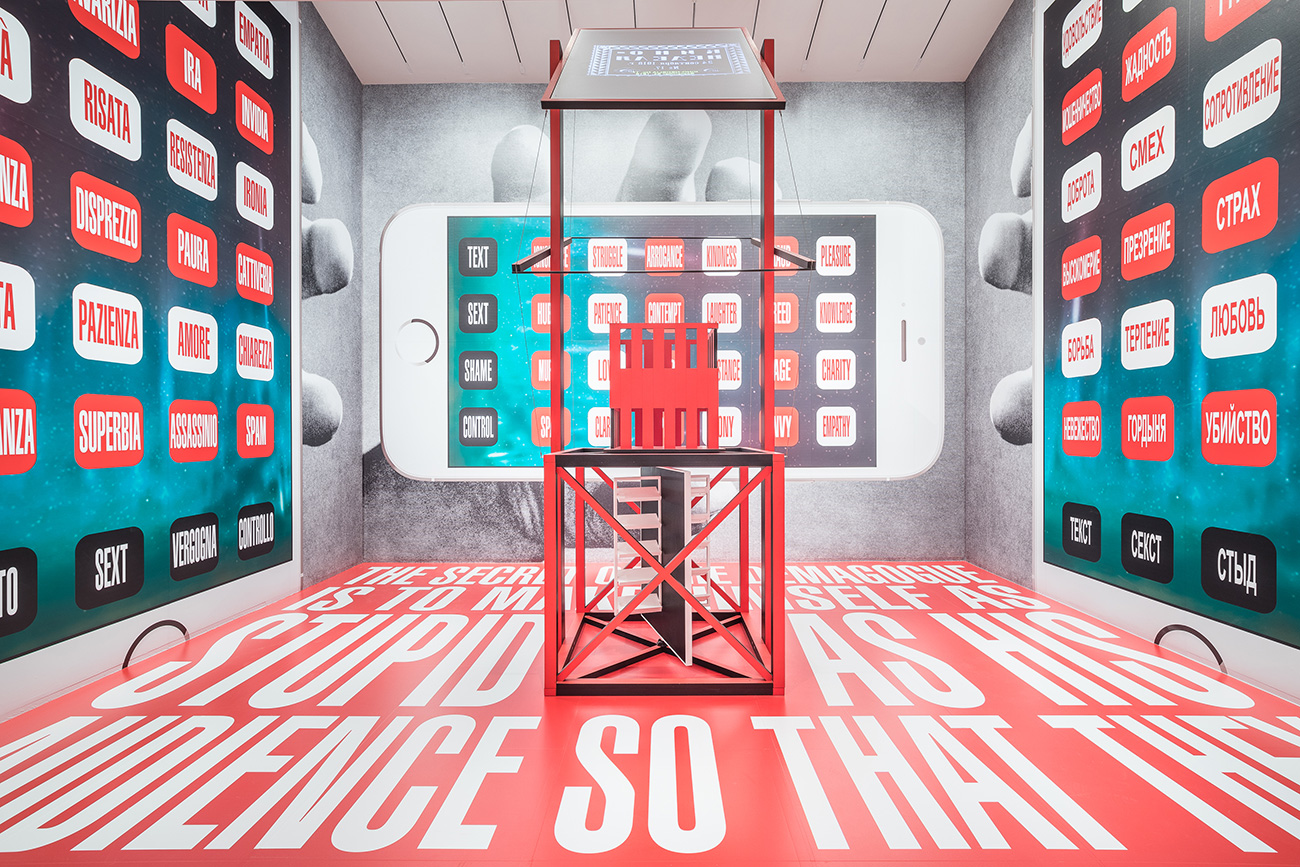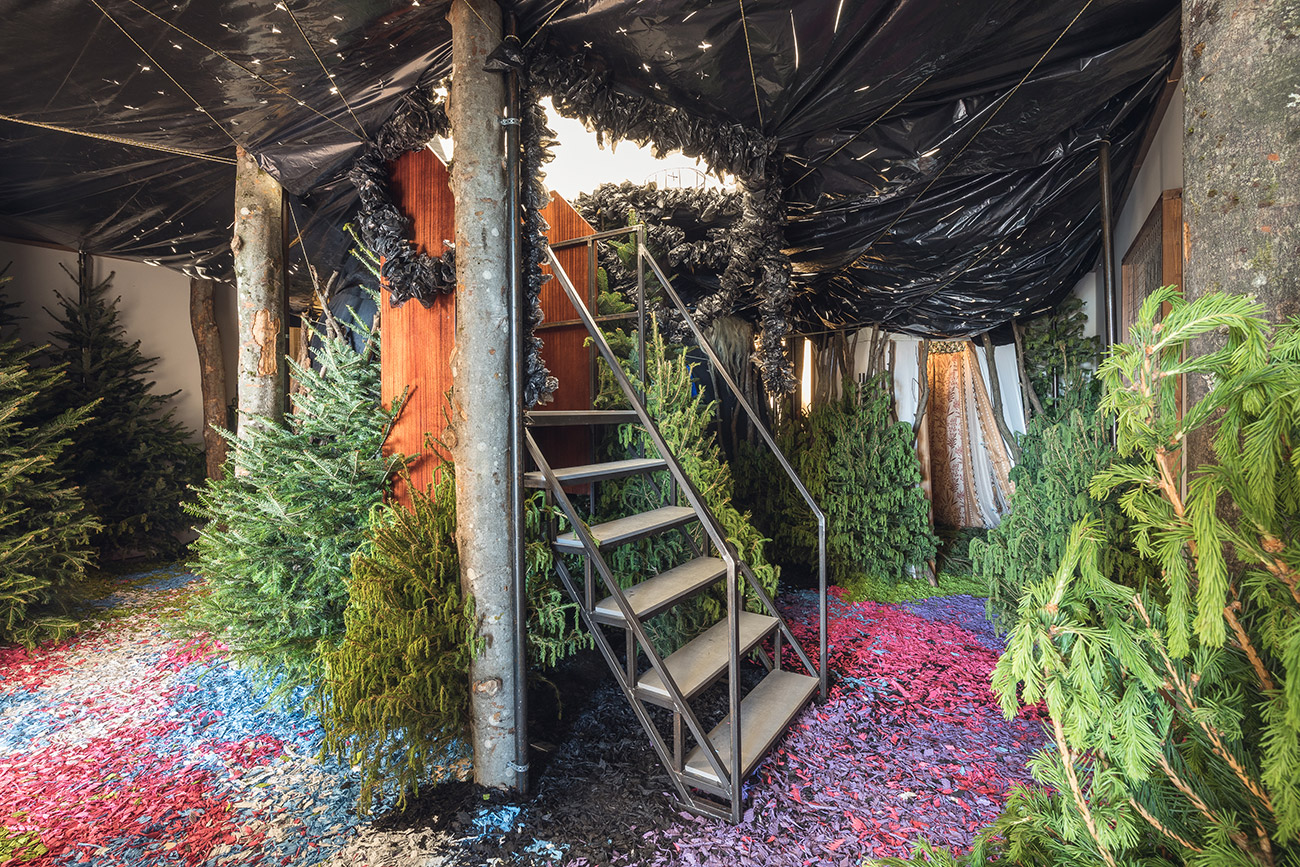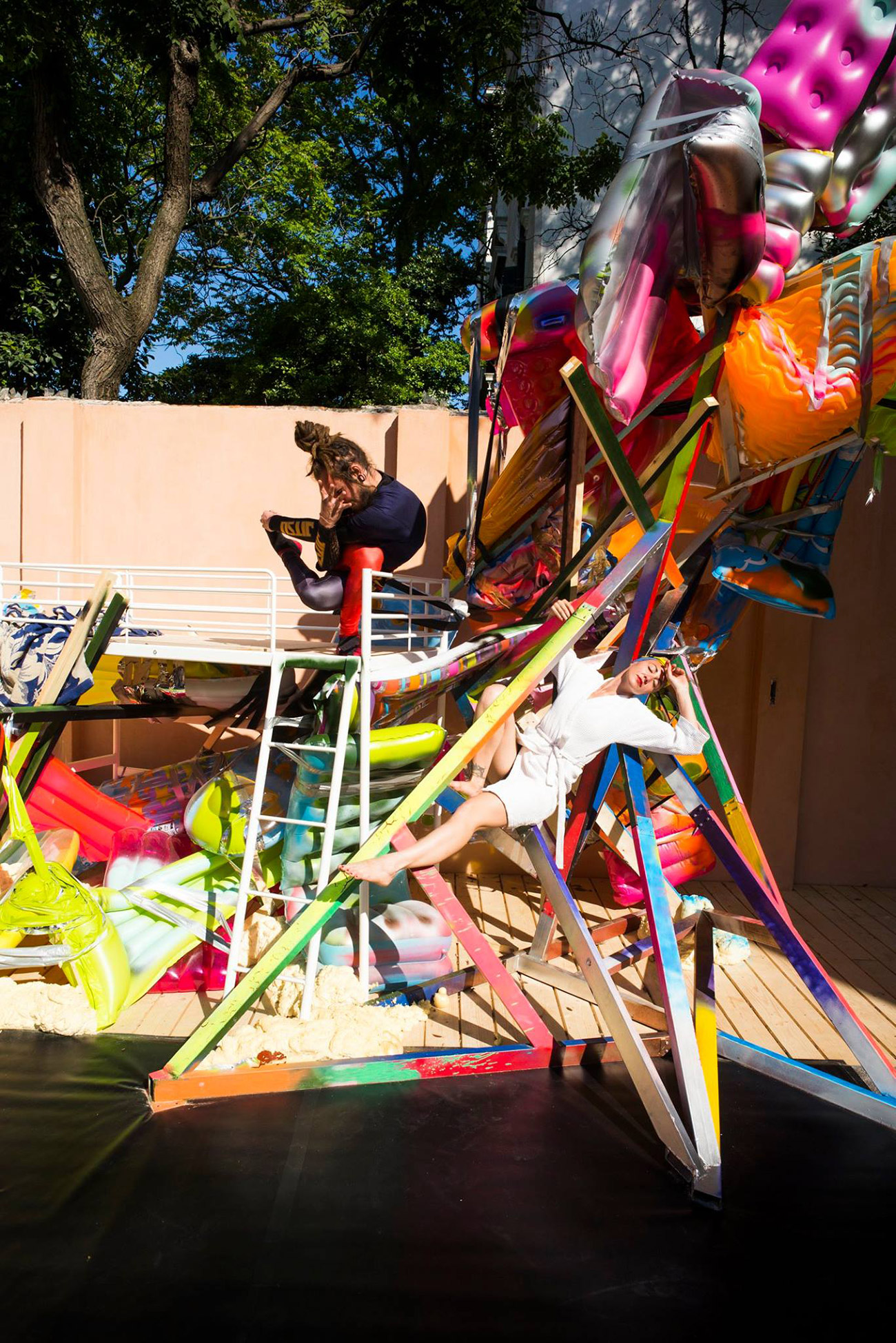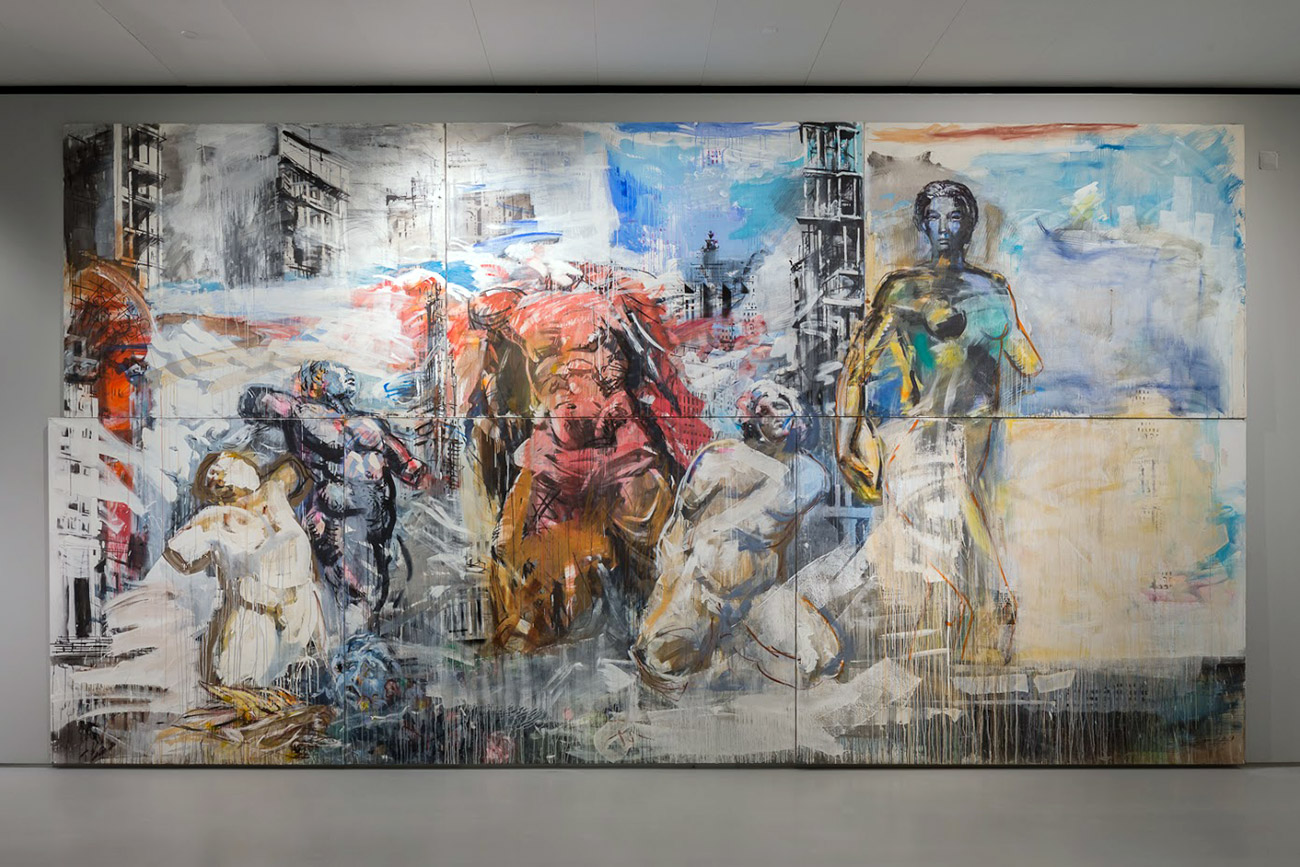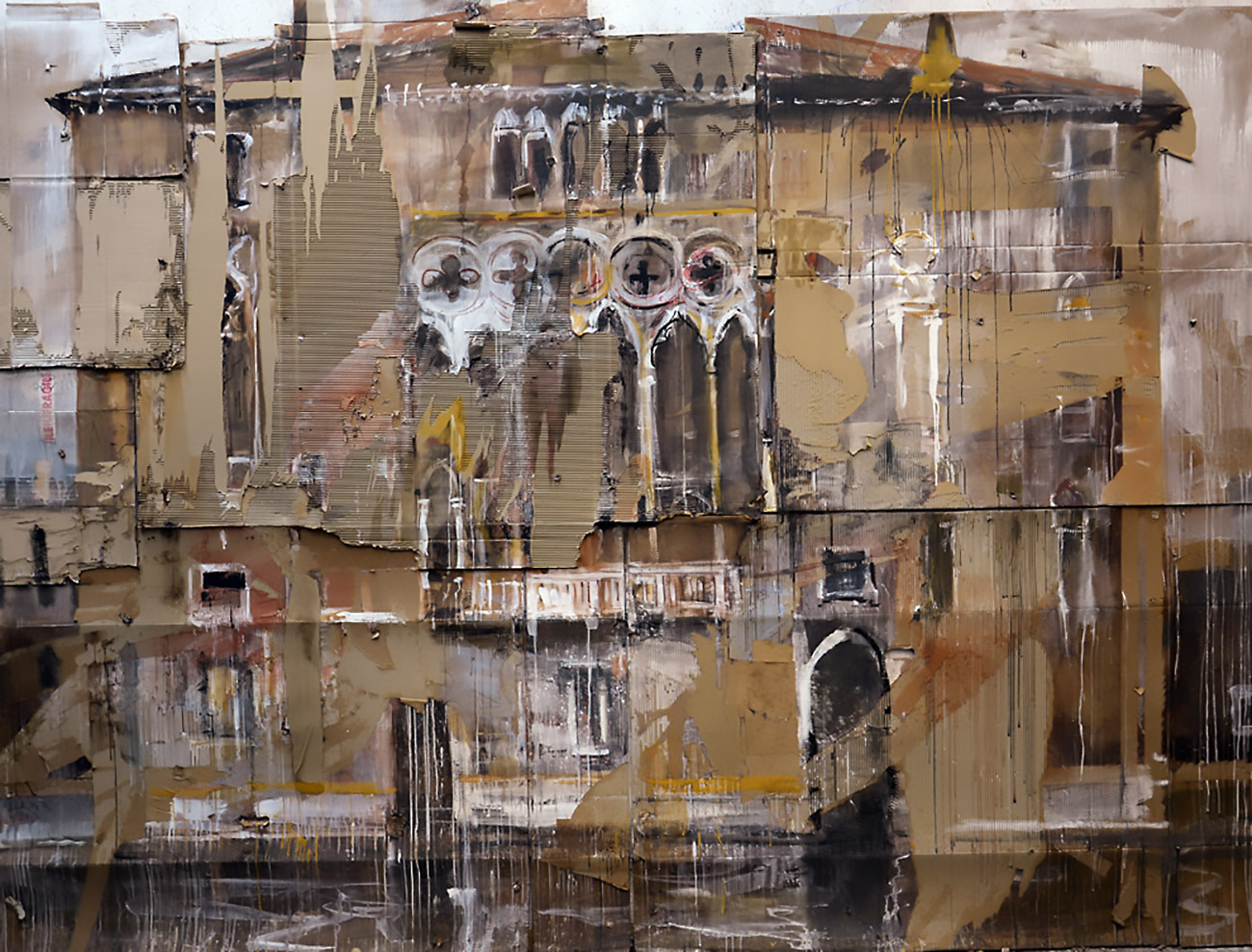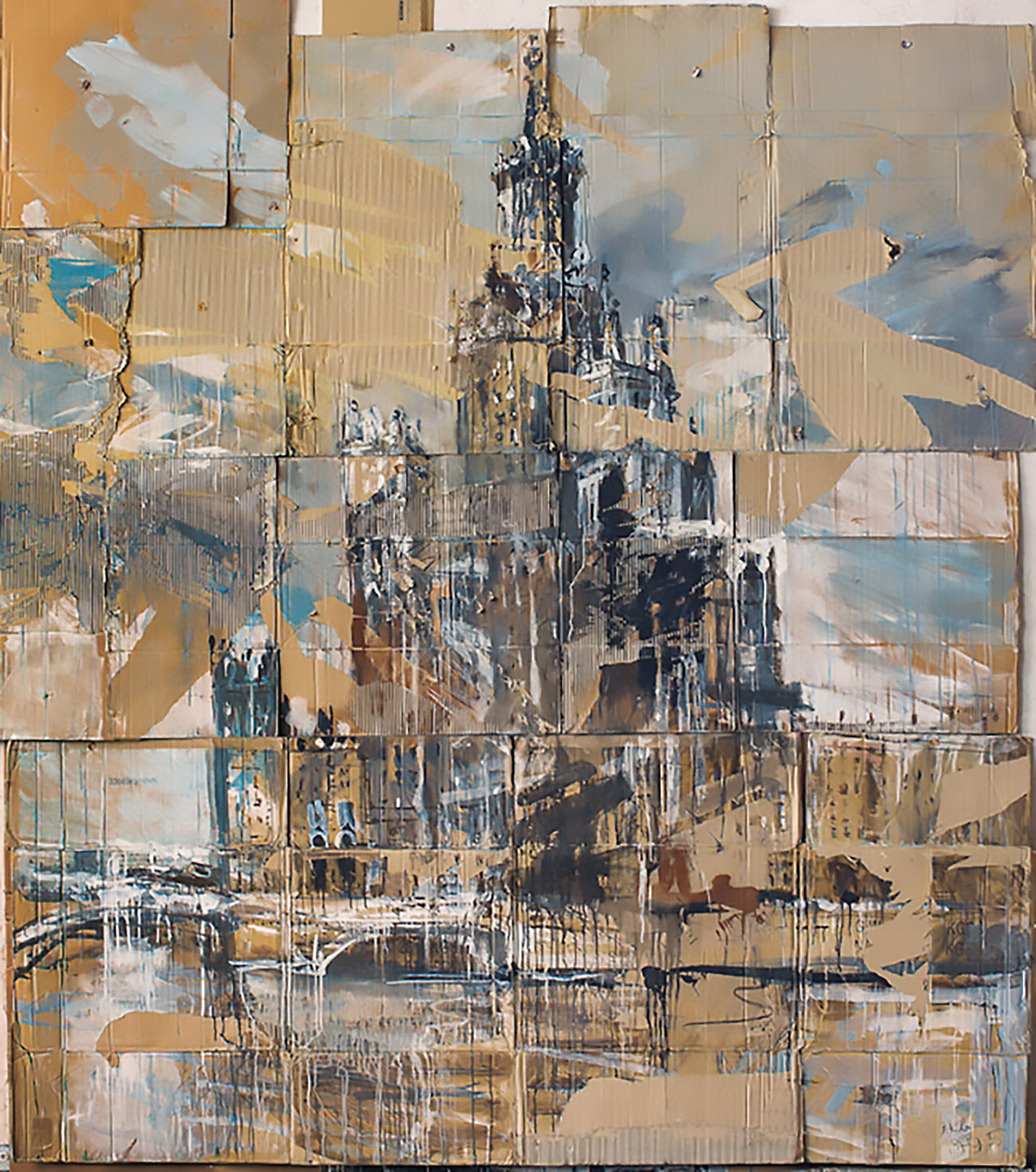An oligarch’s museum to the Giardini: Where to find Russian art in Venice
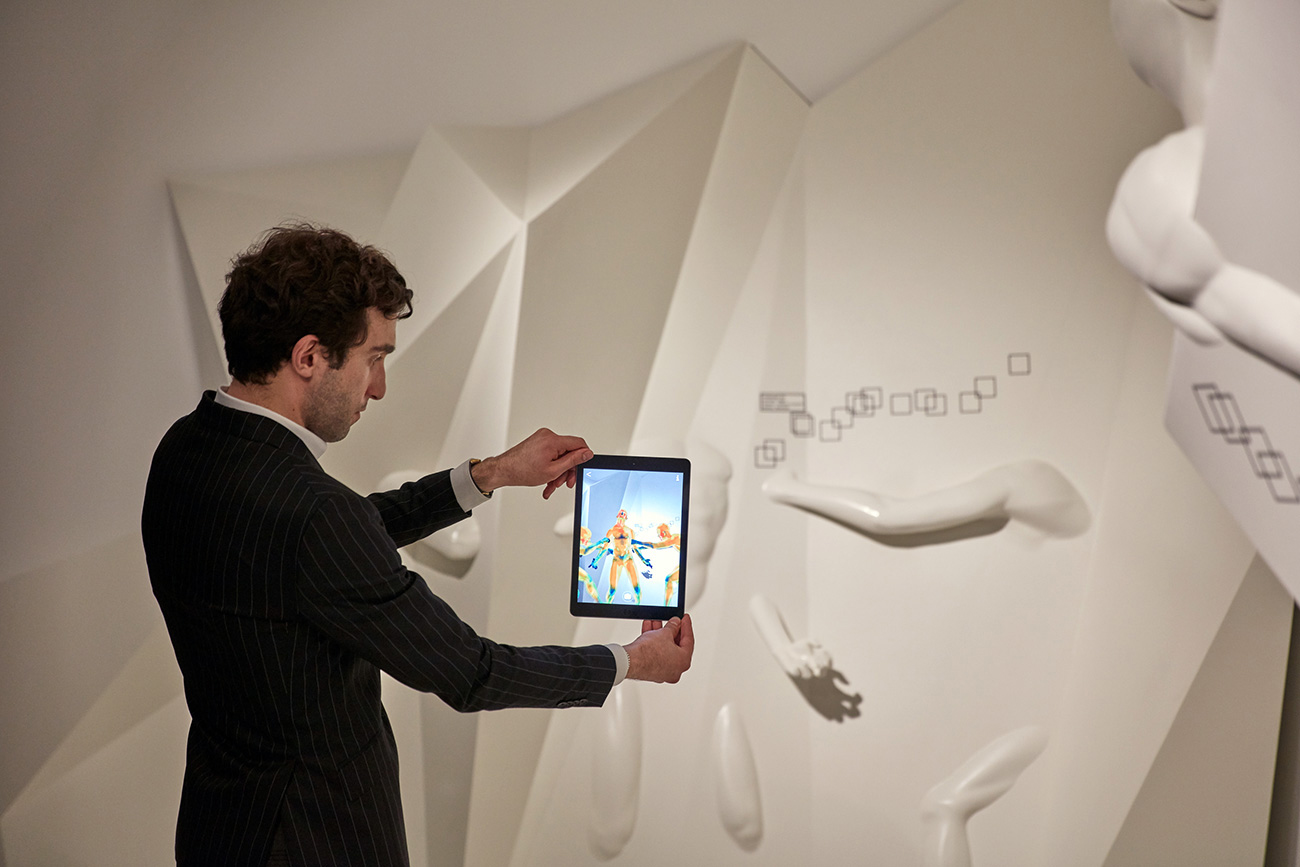
installation-view-recyle-group-blocked-content-2017
Courtesy of the artist and the Russian PavilionRussian Pavilion: The Giardini
Until Nov. 26
The Russian Pavilion at the 57th Venice Biennale in the Giardini Gardens is very interesting this year. A new commissioner means that the rules are new too. Semyon Mikhailovsky, who this year took over the post of commissioner from Stella Kesaeva, has invited as many as three artists to take part - Grisha Bruskin, the Recycle Group, and Sasha Pirogova, as well as three composers - Dmitri Kourliandski (Dmitry Kurlandsky), Peter Aidu, and Konstantin Dudakov-Kashuro, who have written music for the Russian show, which is titled Theatrum Orbis. And even though each of the artists had their own curator, the result is an all-in-one and coherent show. The exhibition invites the viewer to experience an apocalyptic world in the multi-figure sculptural installation of renowned Grisha Bruskin; then to plunge into the digital Dantesque Hell of the Recycle Group (the Blocked Content installation contains sculptures that can only be seen on the "thermal imager" screen of a smartphone via a special program); and finally to experience enlightenment and rebirth in the melancholy video of Sasha Pirogova.
Man as Bird. Images of Journeys: Palazzo Soranzo Van Axel
Until Sept. 5
This is the first international show in the programme Pushkin Museum XXI put on by the famous Pushkin State Museum of Fine Arts in Moscow. Its aim is to broaden the activities of a traditional museum - the Pushkin is famous for its collection of Impressionists and Old Masters - by entering the field of contemporary art. Through multimedia works by 14 artists from Russia and other countries, the exhibition sends the viewer on a journey through the waves of memory. Here you can stand under the huge Moon of Leonid Tishkov, which has already travelled to various countries of the world, "ride" on a ghost ship in the video installation of Tanya Akhmetgalieva, or experience the "vibrating universe" in the sound sculpture of Yuri Kalendarev.
Space Force Construction: Palazzo delle Zattere
Until Aug. 25
The V-A-C Foundation, owned by Russian oligarch Leonid Mikhelson, opened its permanent exhibition space in Venice at the Palazzo delle Zattere during the last biennale but only now is it presenting its first full-fledged exhibition after the renovation of the building. In addition to billionaire friends of the owner, President of the Venice Biennale Paolo Baratta attended the opening.
The exhibition Space Force Construction is a subtle interaction - in the style of all of the foundation's exhibitions - between old and new art. "Oh, it’s about the Russian Revolution!" is the most popular remark made by visitors greeted by the sight of a statue of revolutionary leader Vladimir Lenin in the lobby. Indeed, the artists of post-revolutionary Russia - from El Lissitzky and Mayakovsky to Rodchenko and Deineka - are responsible for the "old" art here. It is they who created images of the new state and influenced and continue to influence the development of art not only in post-Soviet space but also in the West. And the representatives of the "new" art here are Irina Korina, a participant in the main biennale show, Chinese artist Cao Fei, renowned American artist Barbara Kruger, and many other artists from around the world who have been inspired by images to do with revolution.
We Have Never Stopped Building Utopia: Ca' Foscari
Until July 29
The exhibition of Valery Koshlyakov, already a renowned figure in contemporary art, at Ca' Foscari is a continuation of sorts of his major show at the Moscow Museum of Russian Impressionism. In Moscow, the exhibition, in the autumn of 2016, occupied four museum floors. In Venice, the scale is much smaller, but here the magical glow of Koshlyakov's architectural paintings is reinforced by the medieval walls of the palazzo on the Grand Canal.
The artist launched his career in the 1990s and earned recognition thanks to his unique technique - he paints landscapes of ancient ruins and Soviet architectural heritage on huge sheets of corrugated cardboard, integrating symbols of modernity.
The three-dimensional effect and the scale of his works have been appreciated not just in Russia. Koshlyakov has also held exhibitions at the MACRO museum in Rome, while the Pompidou Center in Paris holds examples of his work.
His works on cardboard, as well as canvases dedicated to Italian architecture, will be on view in Venice until July 29.
Read more: Sergei Shchukin, the man who helped shape the fate of Matisse and Picasso
If using any of Russia Beyond's content, partly or in full, always provide an active hyperlink to the original material.
Subscribe
to our newsletter!
Get the week's best stories straight to your inbox
